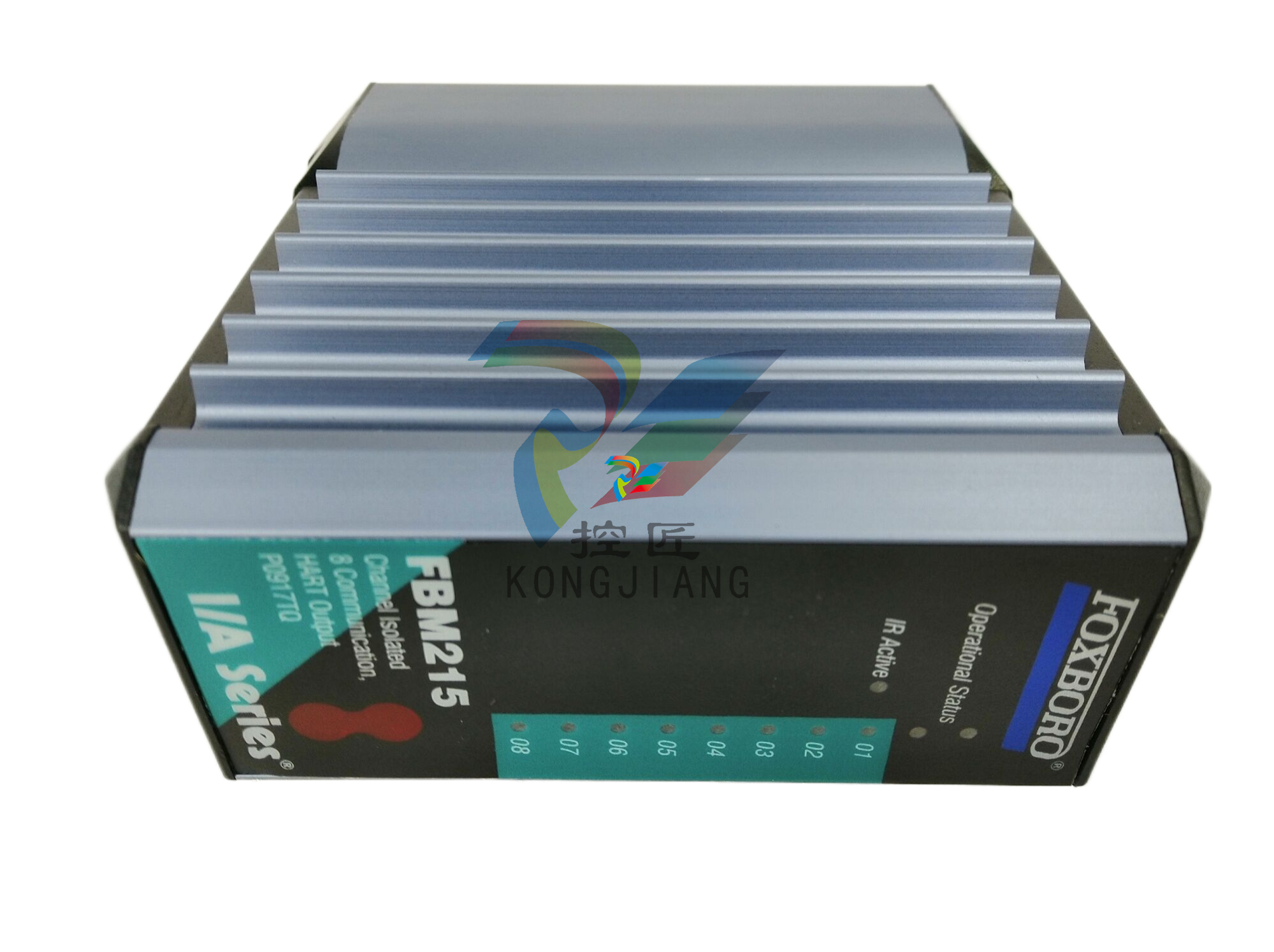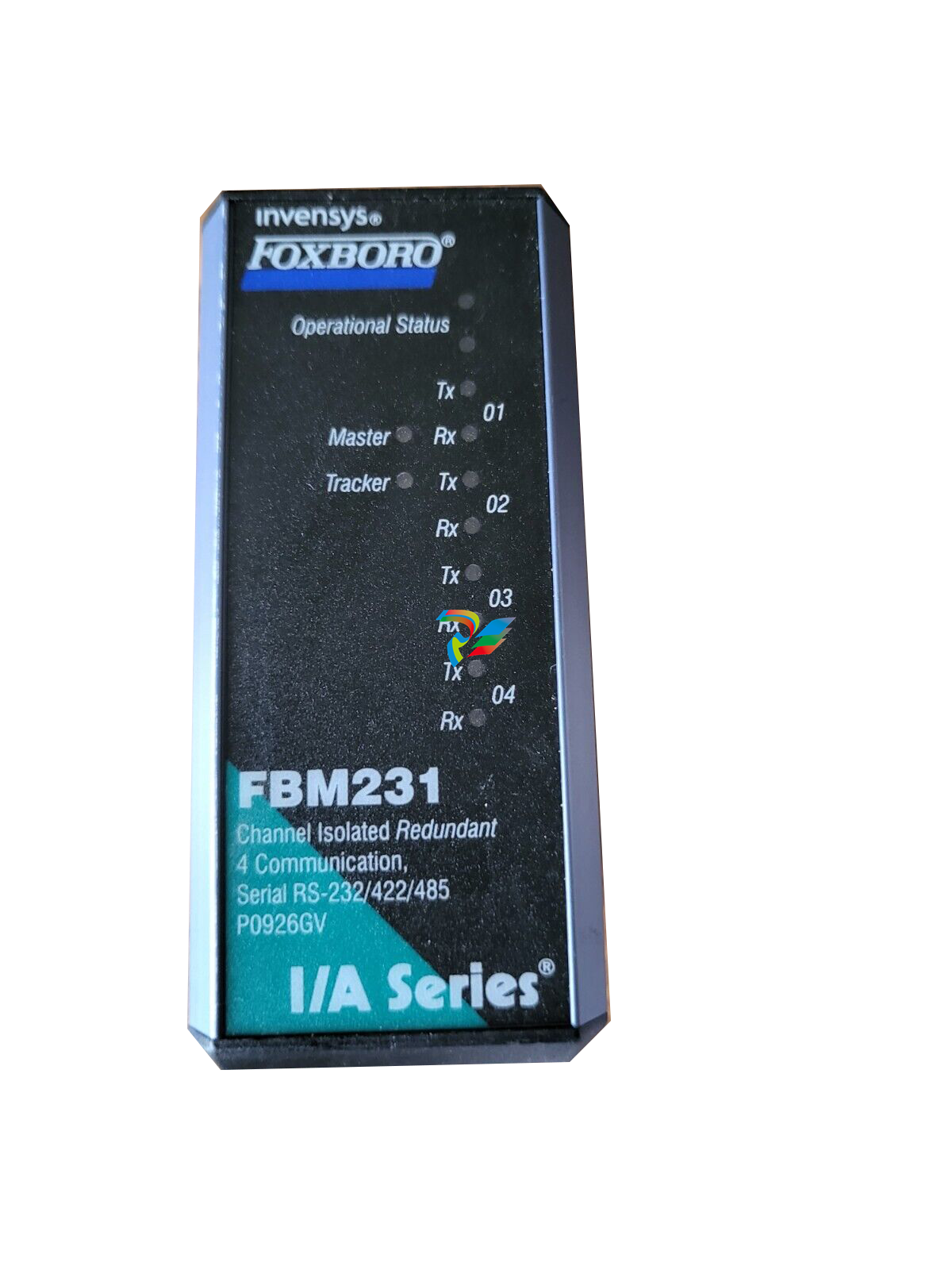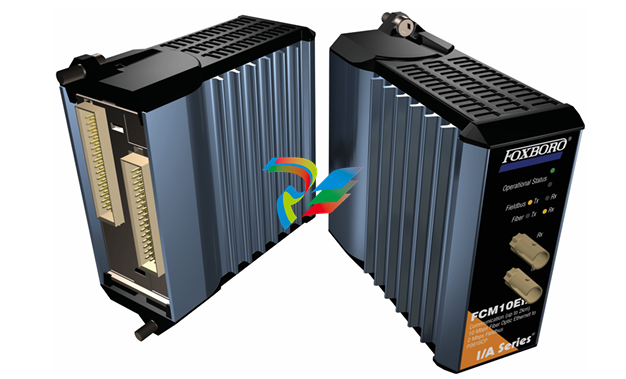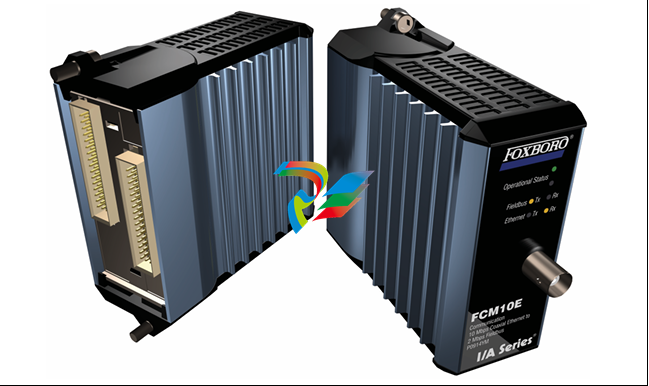
Case Study: Automation Creates Immersive and Interactive Experiences in Escape Rooms

Developing the code for the PLC was straightforward with the free Productivity Suite programming software, which provides many convenient features and instructions. However, the available source code relied heavily on extensive use of latching bits throughout the PLC program as a way to ensure actions occurred in the correct order. While this approach is valid, it requires careful attention throughout the program to ensure that the latches are properly maintained and cleared, and are not inadvertently left in the wrong state.
As game logic, or industrial automation for that matter, increases in complexity and technical effects, latching logic can become cumbersome to manage, especially when new enhancements are added. To address this challenge, Schulman implemented drum sequencer instructions to easily program the complex, multi-step logic used throughout the game. Utilizing the software-based drum sequencer instruction available in the Productivity Suite greatly simplified the program, made it much easier to debug and maintain, and ensured the code could be easily adapted for future games.
Because game operators are not likely to have experience with industrial or automation systems, it was essential to have an intuitive interface. The AutomationDirect C-more headless human-machine interface (HMI) proved to be a great fit, integrating seamlessly with the Productivity PLC. A traditional HMI would have an integrated display for mounting in a control panel. However, the headless HMI has no on-board display, but it does have an HDMI connection and USB port to drive a remote monitor or touchscreen. The headless HMI also supports remote connectivity using a web browser or app on a PC or mobile device.
For this escape room project, operators use a desktop style touchscreen display connected to the HMI, and they also have the ability to connect remotely. The game operators can monitor game progress and initiate certain bypasses using the HMI.
Sound logic
A critical aspect of the immersive experience is sound effects. Sound is used in a variety of different ways to enhance gameplay. Background sounds amplify the theme, and in some cases sound is used to deliver clues.
Specialized electronic audio boards are used to play sound files. Most commercially available boards are typically limited to a single audio port, or jack. However, to manage the many sound effects used throughout the game, the client had developed a custom sound box comprised of printed circuit boards (PCBs) fitted with numerous stereo and mono audio ports. This custom sound box configuration with multiple audio ports allows various sound effects to be played—concurrently if needed—in different rooms and locations throughout the game based on specific triggers from the PLC. The sound effects used during the game are saved as mono WAV files and stored onboard the PCB via an SD card.
The sound box (Figure 4) receives commands from the PLC using serial communication. Serial communication is an efficient way to manage the many sound effects, reducing the number of wires and I/O that would otherwise be required by discrete signals. As the gameplay progresses, the PLC determines which sounds to play. A message is sent from the PLC to the sound board using the built-in RS-232 communication protocol to trigger a specific audio file. Sounds can be played a single-time or looped, depending on the desired effect and the status of the inputs at various points during the game.

Behind the scenes
Due to the lack of on-site support should a technical need arise, as well as the desire to franchise the game to multiple locations, and AutomationDirect StrideLinx VPN router was also included in the system architecture. The VPN router allows remote access via a secure wired, wireless, or cellular connection through a cloud-based server network, and it is specifically compatible with industrial devices such as PLCs and HMIs. With the VPN router, connected devices can be accessed through a secure VPN connection as if you were directly connected on-site.
The VPN router was instrumental during the implementation phase of the project. Remarkably, the entire programming and commissioning process was completed remotely. Utilizing remote VPN access and the C-more mobile app, Schulman did not have to travel to the escape room. This approach resulted in substantial time and cost savings for both the SI and entertainment company.
With a solid commitment to providing intuitive, quality products and exceptional technical support, AutomationDirect was an ideal partner for this unconventional application. Similarly, Schulman’s client was impressed by the resulting system performance, and the training and support provided so they could develop their in-house ability to maintain the system. The products and teamwork proved to be a winning choice for this customer to play the long game.













































.jpg)
.jpg)
.jpg)





.jpg)



.png)
.jpg)

.jpg)
_lVjBYb.jpg)

.jpg)
.jpg)



.jpg)
.jpg)







.jpg)

.jpg)
.jpg)






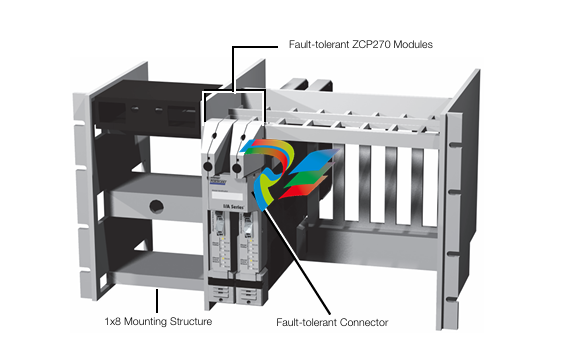

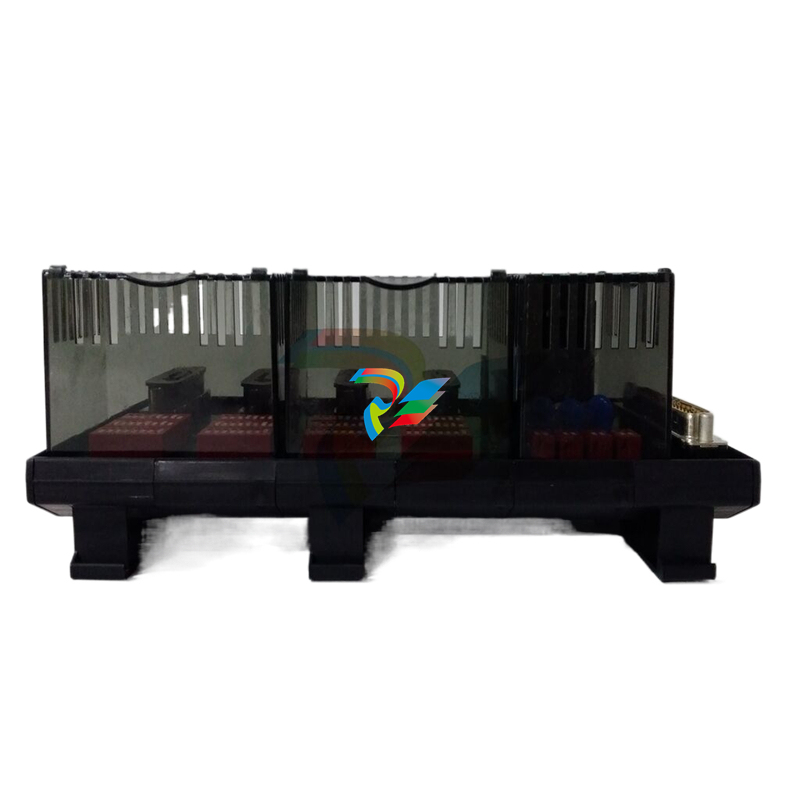
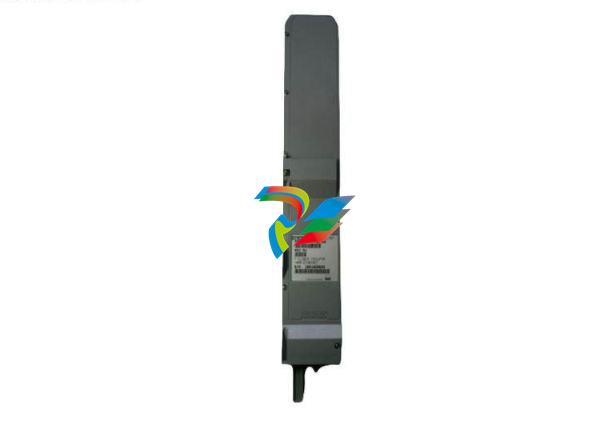
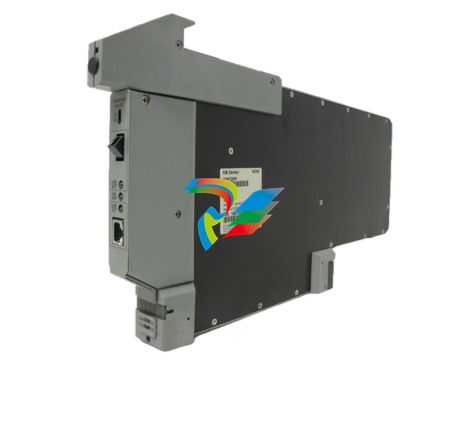
.jpg)
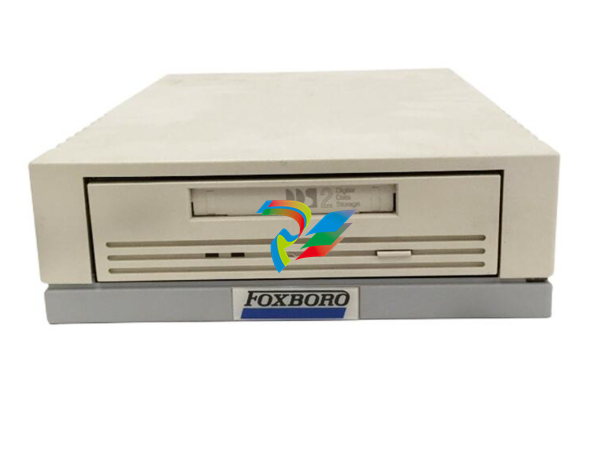

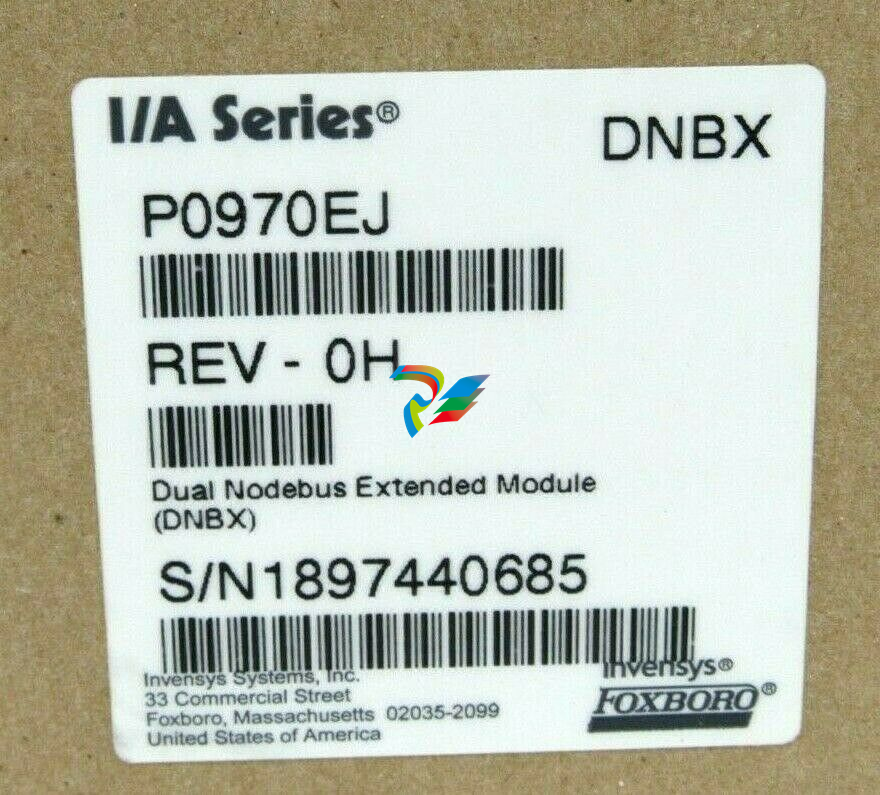

.jpg)
.jpg)
.jpg)
.jpg)
.jpg)
.jpg)
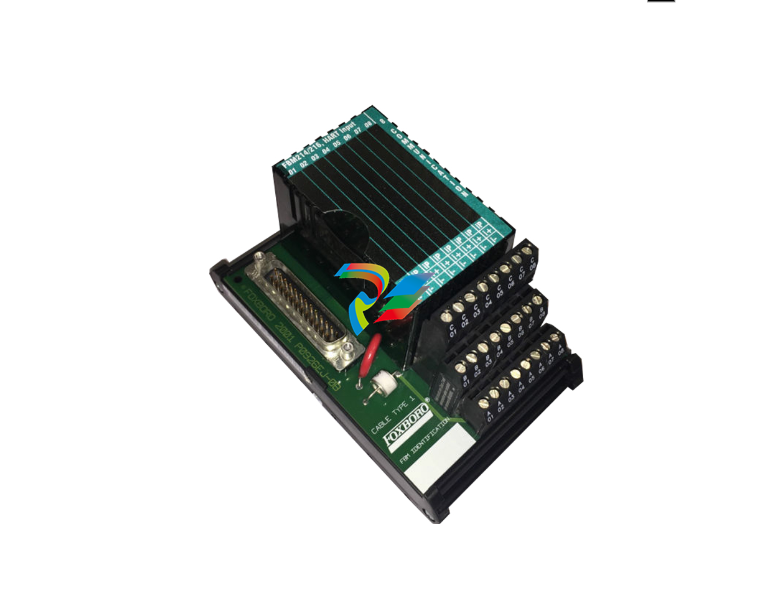
.jpg)
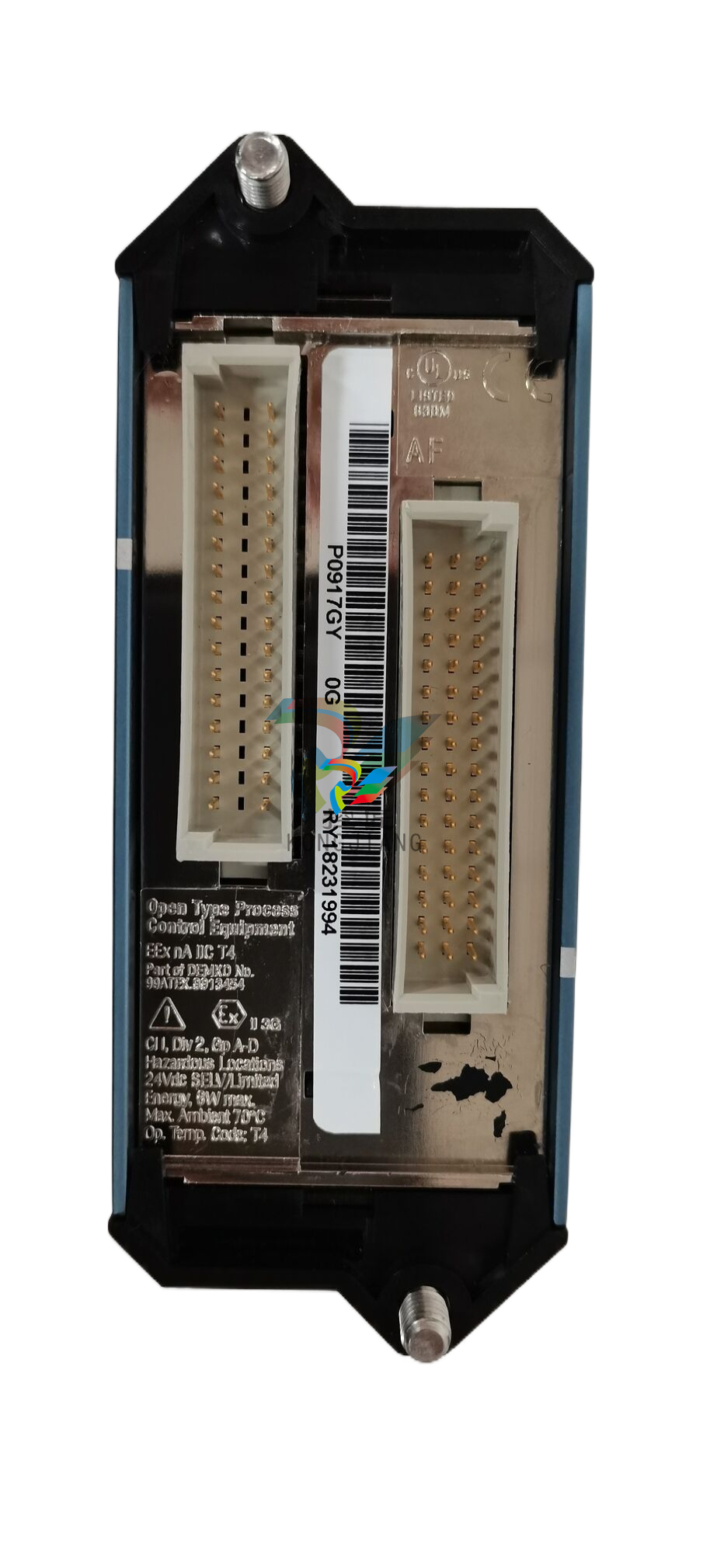
.jpg)
.jpg)
.jpg)
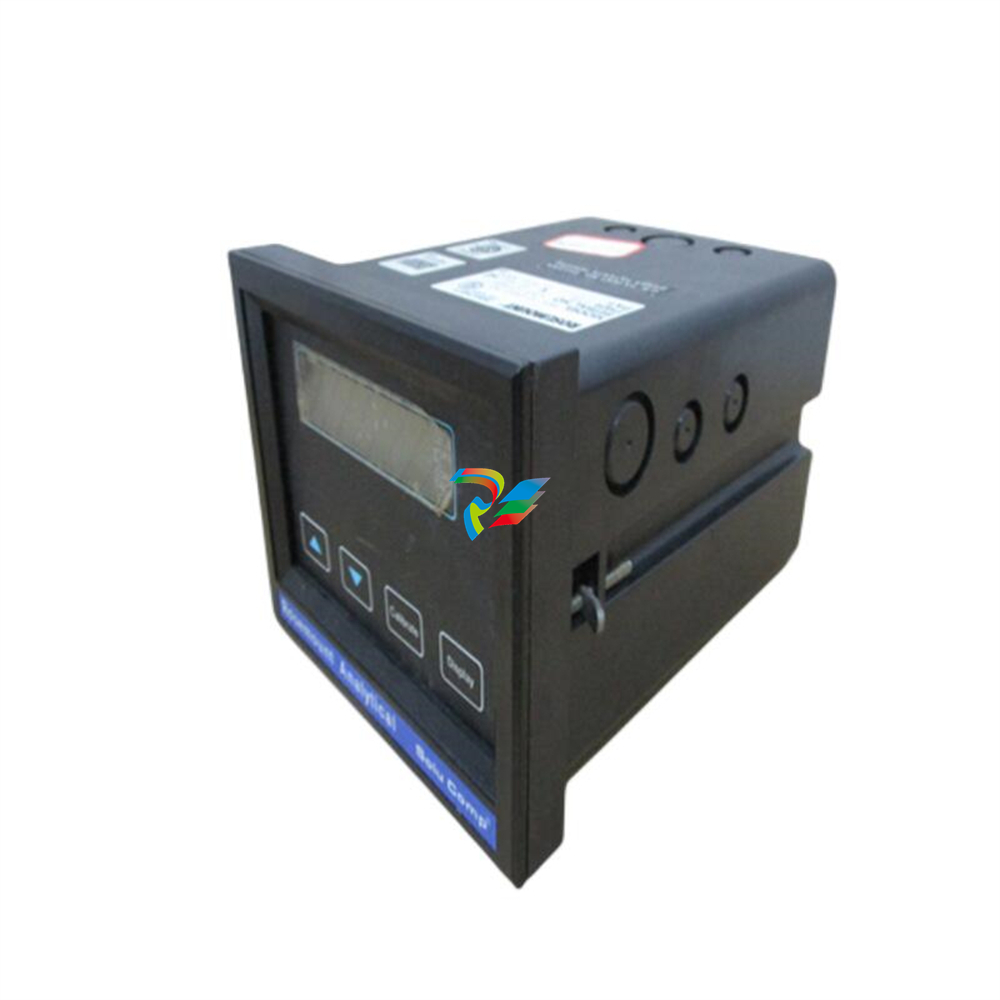
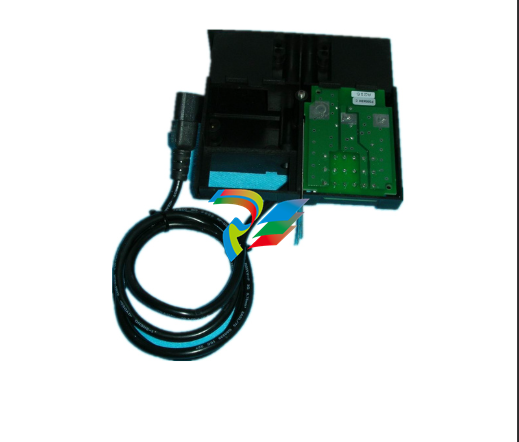
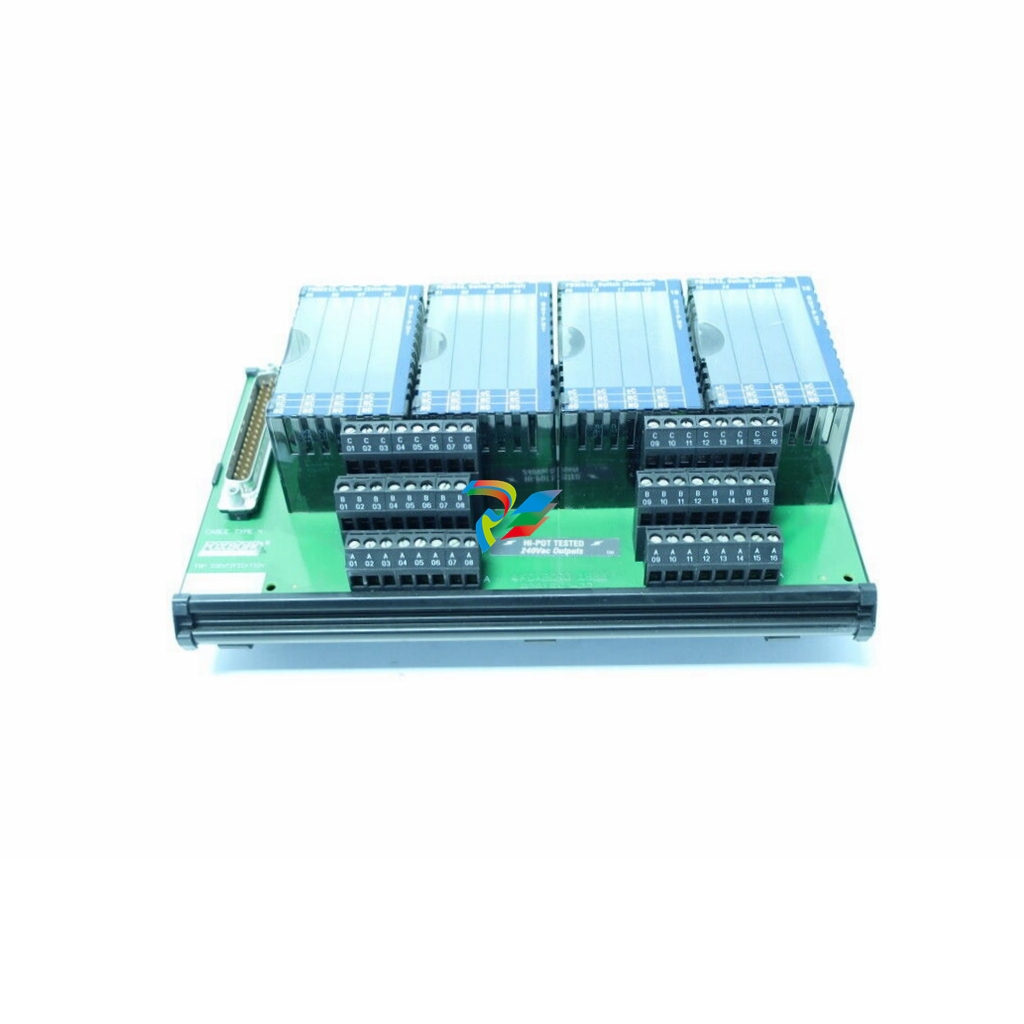
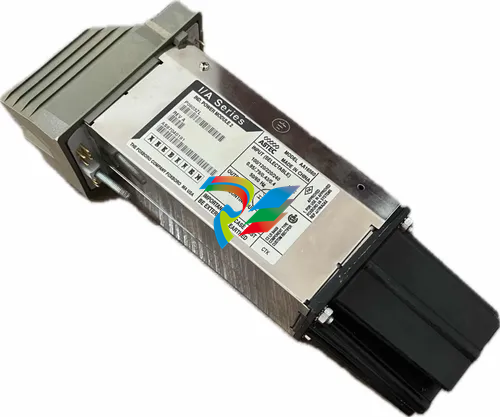
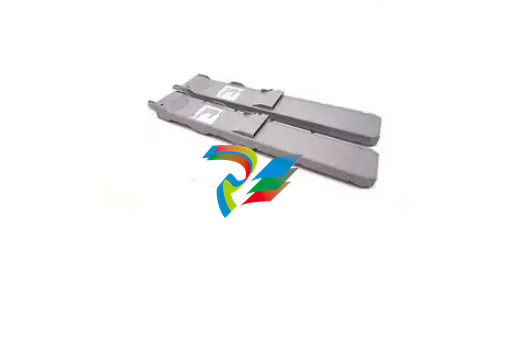
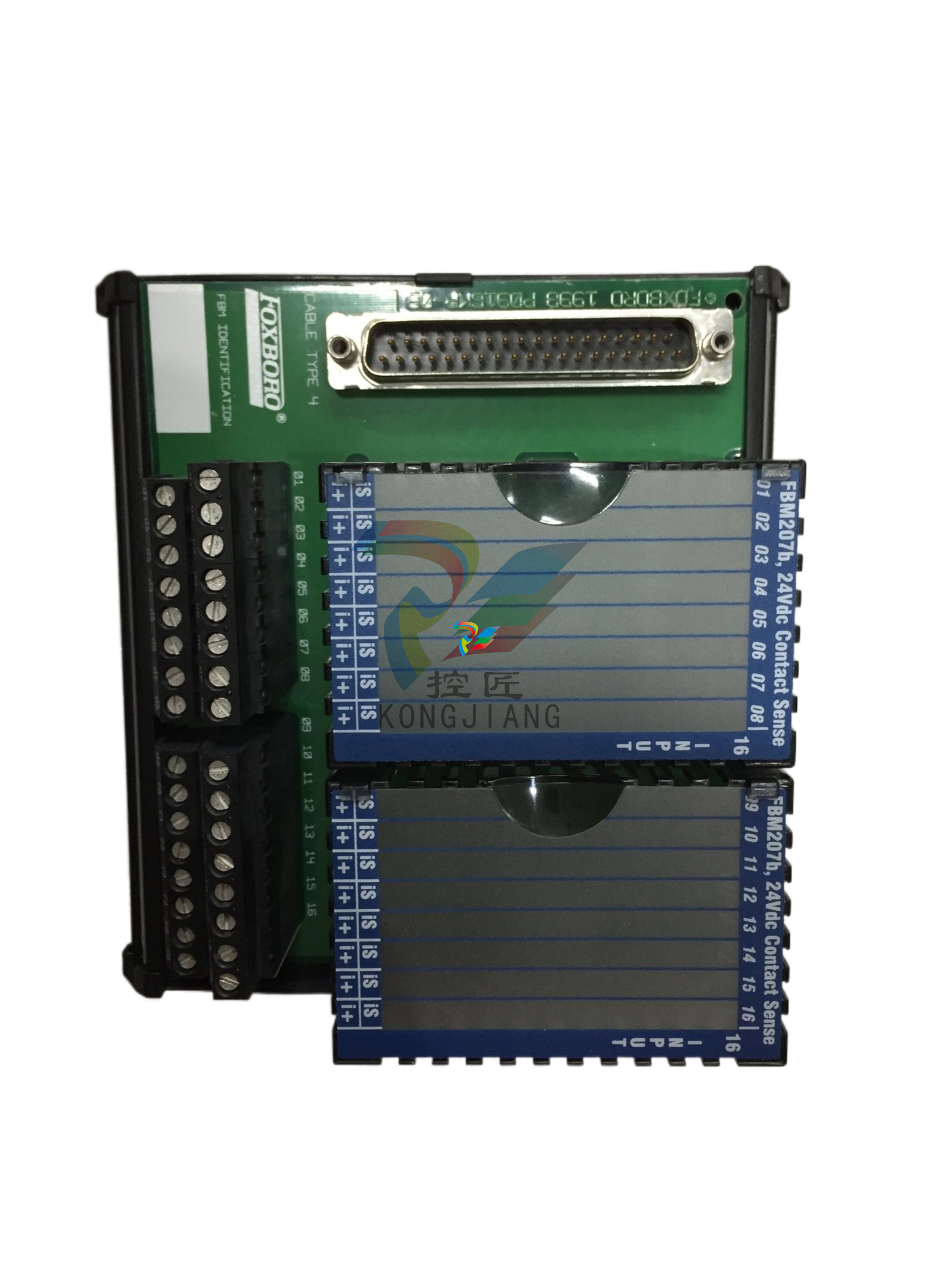
.jpg)

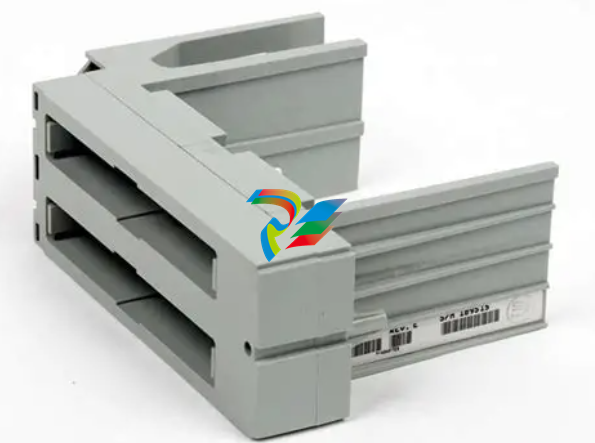
.jpg)
